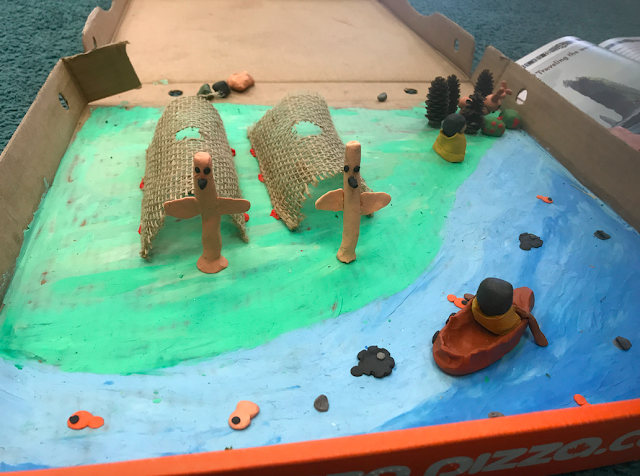Thank you to all families who were able to come to our student-led conferences and to all the students in our class who took ownership of their thinking and learning. It was so wonderful to see everyone! Taking the time to self-reflect and identify areas of strengths, areas to grow in, and making a plan towards change is a lifelong process - not only with the academics, but with all other aspects of our lives.
Social Studies
Please click on the link below to see the video clip about Treaties Education Week in which Gail Johnston, a member of the Chippewas of Georgina Island, came to do some story telling with our grade 3 students. You may see some familiar faces!
Gifted Screening Tests
Stage one of the gifted screening test will take place this week for our class. The test takes approximately 90 minutes to complete all three sections of the test and will be spread out over three days.
Students who score at the top levels will be considered for stage two. If your child qualifies for stage two, you will receive a 'consent for intellectual screening' form between January 8 and 10, 2020. If you do not receive a consent form, it means that your child is not moving on to stage two.
Math
In math, students have been learning to add and subtract numbers with and without regrouping. Next week, students will use the information collected about the year of birth of their family members, to compare age differences. Timelines are introduced as a context for using the open number line - a helpful model used as a tool to explore and represent strategies for addition and subtraction. Students have been using the open number line as a model for subtraction.
If a child solves 187 - 8 by first removing 7 and then 1, modeling children's thinking on the open number line helps them move beyond counting one by one for addition and subtraction, to using strategies such as taking leaps of ten, decomposing, and/or using landmark numbers (digits with a 0 or 5 in the ones place value system). The use of the open number line also encourages discussion of the relationship between addition and subtraction and of the relationship between various problems in which the operation of subtraction can be employed - such as removal, comparative difference, and finding a missing addend.
Please regularly review basic addition and subtraction facts with your child at home in a fun manner that includes the whole family such as UNO, Snakes and Ladders, or played orally in a mental math game during a car ride. Try to keep it light and fun. In addition, there are links to some math resources and games under the 'Resources' tab found on this blog. Quick recall and proficiency of these basic math facts is essential to their success with adding and subtracting larger numbers.

















